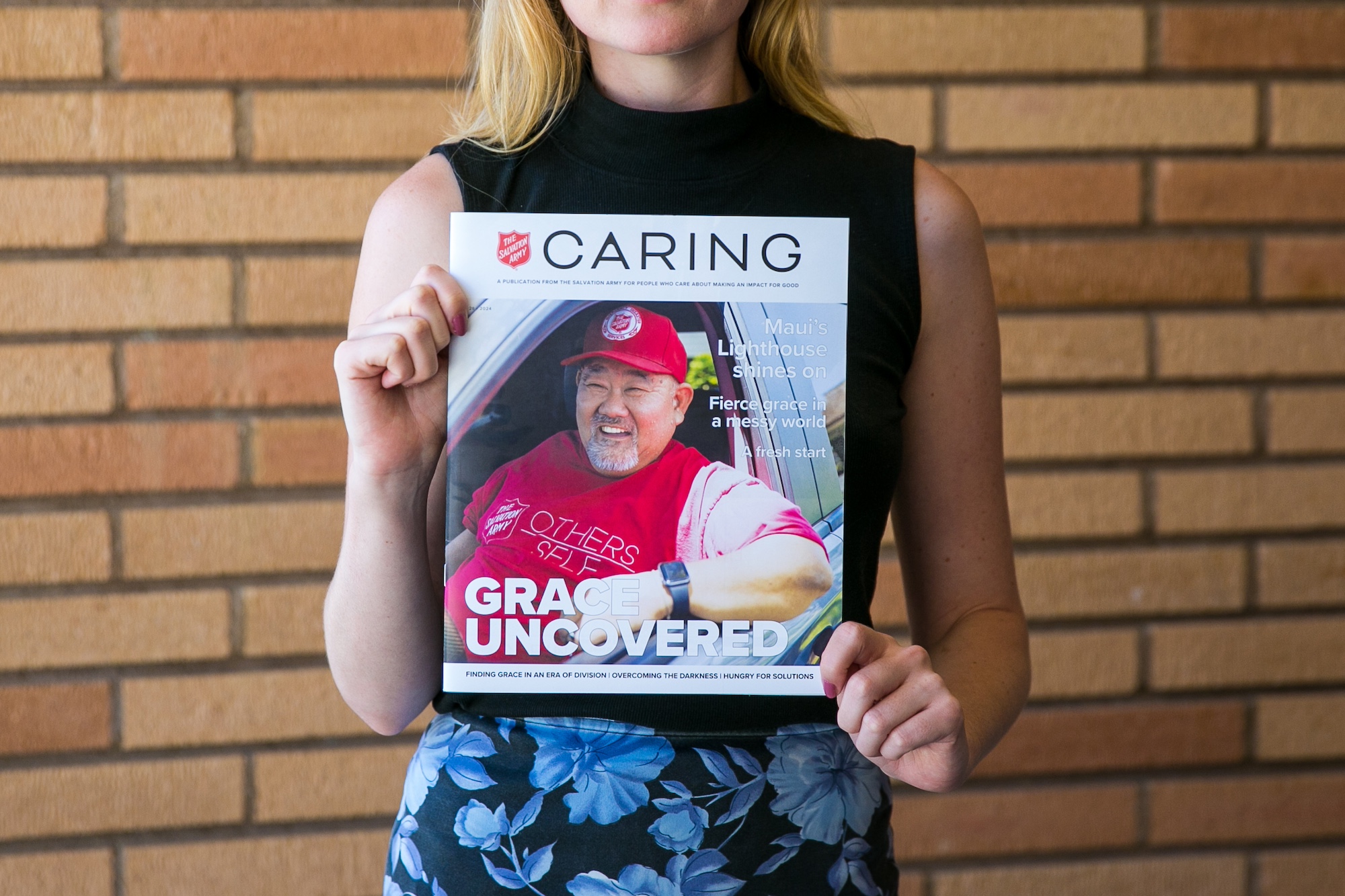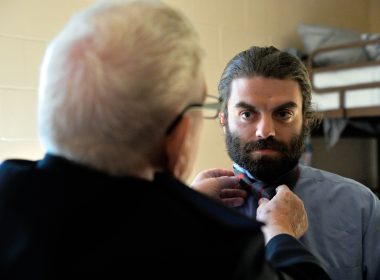Body Builder
by Terry Camsey, Major –
 Sometimes when I am working with a group to develop a comprehensive plan to try to ensure a healthy, growing Army, I will ask them to participate in a particular exercise.
Sometimes when I am working with a group to develop a comprehensive plan to try to ensure a healthy, growing Army, I will ask them to participate in a particular exercise.
I select six people to help me. The first I ask to stand at one end of the Army hall and face the opposite wall, and another to stand at the opposite end so that both people are facing each other. They are to look directly ahead only. I ask two others to do the same, but with one on each of the side walls. Finally, I will ask one to look down at the floor, and the last to stare at the ceiling.
I then ask the first to describe what he sees on the opposite wall. He may say, “I see two windows and a door.” I ask the person opposite, “Do you see two windows and a door on the wall opposite you? “No,” she replies, “I see a platform with a piano, some band stands, a cross, and a mercy seat.” I ask the first, “Do you see what she sees?” and he replies, “No.”
I repeat the exercise with the two people in front of the side walls. Strangely, neither sees what any of the others have described.
Finally I ask the individual looking at the floor, then the one looking at the ceiling to describe what each sees. Again, none of the six sees exactly what the other five individuals see.
Then I say, “Each of these people is describing the Army. Which one is right?” The answer…all are, but all do not see the same thing. So it is with the Army as a whole, not everyone sees the Army in the same way…but each thinks he is right. He is, but only partially. Problems arise when each thinks his view is the only correct one.
There is an interesting article in the Salvationist (October 22, 2005) in which Lt. Colonel Graham Durston (Australia Eastern Territory) identifies and describes what he sees as various contemporary views of the Army––traditional voices, pentecostal voices, seeker-sensitive voices, radical change voices, and neo-Salvationist voices––each vastly different from the others.
Some of these viewpoints have led to splintering of the Army in some territories; congregations have been led away by their leaders to focus on such things as faith healing and speaking in tongues. That is interesting since, in the early days of the Army healing meetings were not unusual, nor were the manifestation of certain (more exotic?) spiritual gifts. History records Booth himself as saying that he could not deny the existence of the gifts since he saw manifestations of them around him in the Army. He did point out, however, that we should not covet the gifts we don’t have, but should discover and use the ones we have been given by the Holy Spirit. Booth could live with what today are called “radicals” or ”mavericks”––another label pinned on anyone who questions what is done, or the way in which it is done.
I believe I am right in saying that the pastor of Hill Song church in Colonel Durston’s part of the world is the son of a former Salvation Army officer who I have heard described by Salvationist contemporaries as “radical” with a leadership style that apparently we could not live with. His son’s church is one of the largest in the world today. Could it have been a corps, if only…?
So, what do you want for the Army? For tomorrow to look just like yesterday? To bring back the bonnets? The good old days? For us to come back into fashion?
What I want is quite simply stated. I would like to see the Army be as impactive for the Kingdom of God in our day, as it was in Booth’s day––whatever that takes.
What does God want? Well, for starters, he wants us to be of the same mind, rooted in the Spirit, and intent on our purpose. (Philippians 2:12)
That, surely, takes us beyond mere personal preference.











